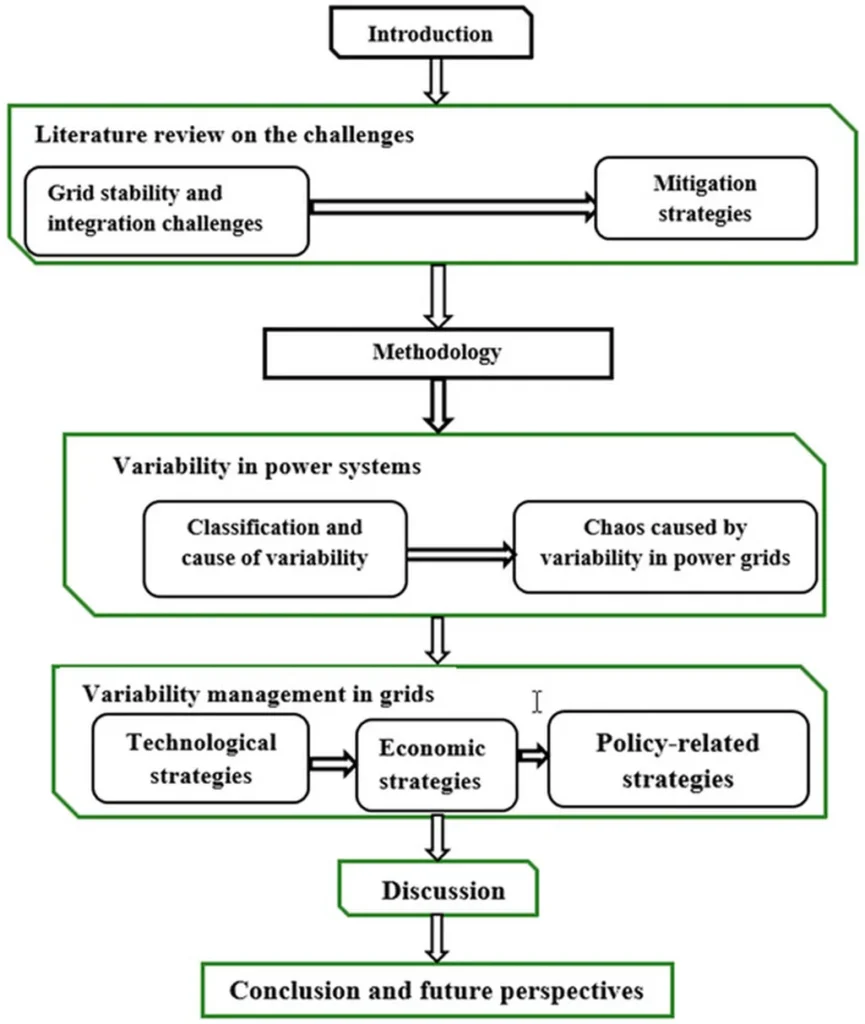In the quest for a sustainable energy future, researchers are constantly seeking innovative ways to integrate renewable energy sources into our power grids. A groundbreaking study led by Keyong Hu from the School of Information Science and Technology at Hangzhou Normal University in China, offers a compelling solution to one of the most significant challenges in this field: managing the uncertainties inherent in renewable energy generation and load demand.
Hu and his team have developed a sophisticated model for integrated energy systems (IES) that can dynamically balance the fluctuating outputs of photovoltaic (PV) panels and wind turbines with the ever-changing demands of consumers. The model, published in the journal ‘Mathematics’ (translated from Chinese as ‘数学’), introduces a two-stage distributionally robust optimization (DRO) approach that promises to revolutionize how we manage our energy infrastructure.
At the heart of this research is the recognition that renewable energy sources, while clean and abundant, are inherently unpredictable. “The fluctuations in power generation efficiency of renewable energy sources, as well as the uncertainties in load demand, pose significant challenges to the stable operation and optimal scheduling of integrated energy systems,” Hu explains. To address these challenges, the team employed a combination of Monte Carlo sampling and K-means clustering to generate representative scenarios of renewable energy output and load demand. This approach allows the model to account for a wide range of potential conditions, from extreme weather events to sudden changes in consumer behavior.
The model also incorporates a demand response (DR) mechanism, which dynamically regulates the energy supply-demand balance. This means that during periods of high demand or low renewable energy generation, the system can automatically adjust to ensure a stable and reliable power supply. “The integration of the demand response mechanism into the integrated energy system can significantly improve system operation efficiency and flexibility,” Hu notes.
So, what does this mean for the energy sector? In simple terms, this research could lead to more reliable and efficient power grids that can better integrate renewable energy sources. This, in turn, could accelerate the transition to a low-carbon energy system, helping to mitigate the impacts of climate change.
Moreover, the model’s ability to balance economic efficiency and robustness makes it an attractive proposition for energy providers. By minimizing operational costs while ensuring a stable power supply, energy companies could see significant savings and improved customer satisfaction.
Looking to the future, this research could pave the way for even more advanced energy management systems. As Hu and his team continue to refine their model, they hope to incorporate additional energy forms, such as cooling and hydrogen, into their integrated energy system. This could lead to the development of multi-energy flow coupling models that can optimize the use of all available energy sources.
In an era where the demand for clean, reliable energy is greater than ever, this research offers a promising path forward. By providing a robust and efficient way to manage the uncertainties of renewable energy, Hu and his team are helping to shape the future of our energy infrastructure. As the world continues to grapple with the challenges of climate change, this work could play a crucial role in creating a more sustainable and resilient energy system.

